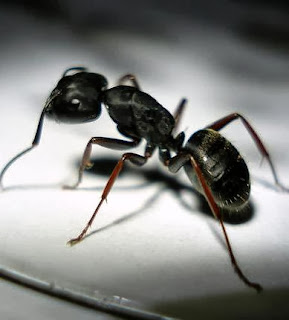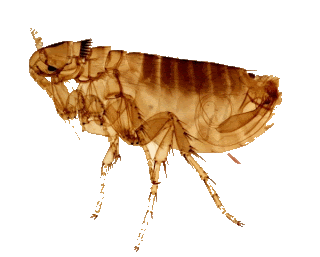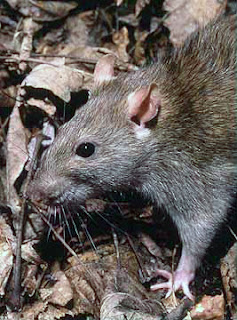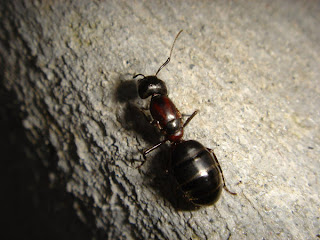I go to homes all the time to do pest control treatments and jump into the crawl space to find water pooling up and wreaking havoc on the structure without the home owner even realizing that it is there. Standing water left unaddressed can result in ruined insulation, ductwork and not to mention the structural elements of your home. It is a very big deal when water invades your crawl space.
It is for this reason that I want to give you two incredibly simple preventative steps that can save you thousands of dollars in repairs.
#1- Look in your crawl space!
Look, I told you it would be simple. The vast majority of people that have had their crawl space ruined by standing water never even knew they had a problem until the pest control company, cable company, or plumber went down there for something else and discovered it. You should pop the hatch on your crawl space door and look in there with a flashlight at least a few times a year (especially after a heavy rain). Catching standing water early is the key to avoiding any major repairs. Once you realize that you have a drainage issue with your home, you can start to think about preventative drainage systems like a French drain or sump pump, but you will never know you need one until you look!#2- Observe where water runs off your property
Okay, this is pretty simple too. When it is raining, you should probably do a walk around your property. Does the water pool anywhere near the foundation or in the yard? Does the property slope towards your home? This was the case with the home that I moved into last August. The property sloped straight towards a foundation vent and I didn't need to wait until the rain came to know that this would be a huge problem. I decided to install a French drain before the rainy season and I have never had a problem with it. By observing the water run off, you can sometimes easily catch major problems before they happen.I warned you that it was going to be simple, but despite how simple these steps are, many people neglect them. Don't be one of them and make sure that water is not ruining your home!


























